Nov 1st 2022 - Monica Cunanan
Different Types of Grapes You Need to Try
Grapes are among the most recognizable fruits in the world and there are hundreds of varieties of table and wine grapes, including some that are found in the United States, Europe, Australia, South Africa, Chile, Argentina, Brazil, Mexico, Canada, and even China. There are several varieties of grapes that can be eaten raw or made into jams, juices, jellies, and wines, but not every variety of grapes is suitable for making each kind of product. Read more about the type of grapes you need to try and some interesting facts about them.
Pinot Grigio
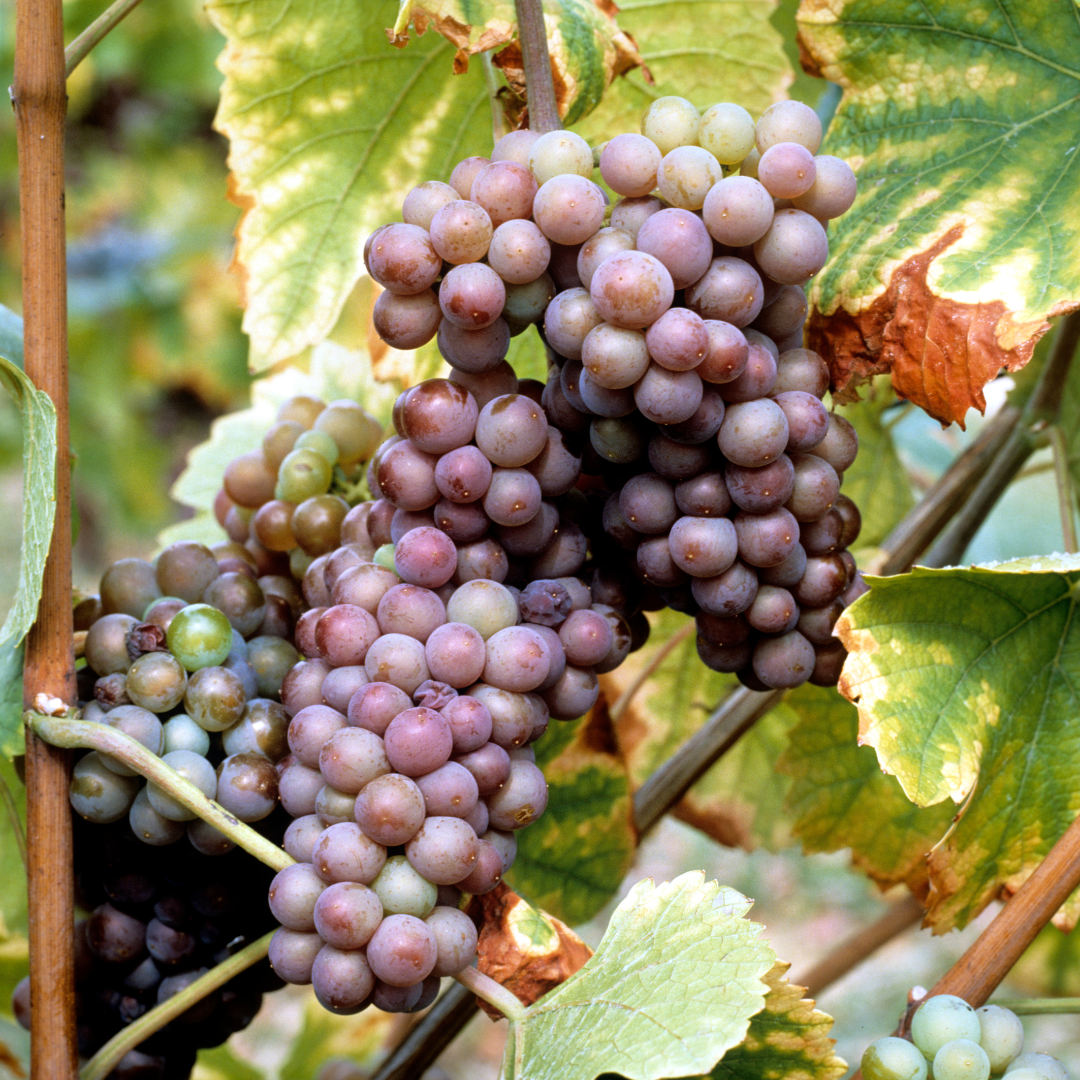
Pinot noir is a crowd favorite. These grapes are usually grown for their use in making red wine, but they're sometimes enjoyed fresh straight off the vine.
Pinot Noir grapes are deep purple in color and quite thin-skinned, so they're a bit more delicate than most. They can be found both throughout France and in some regions of Canada and the US. They're also rich in flavor, and you might be able to detect hints from strawberries, caramel, and cherries.
Growing Season and Area:
- August to September
- France, New Zealand, Oregon, California, and British Columbia
See More: Different Types of Wines You Need to Try
Concord
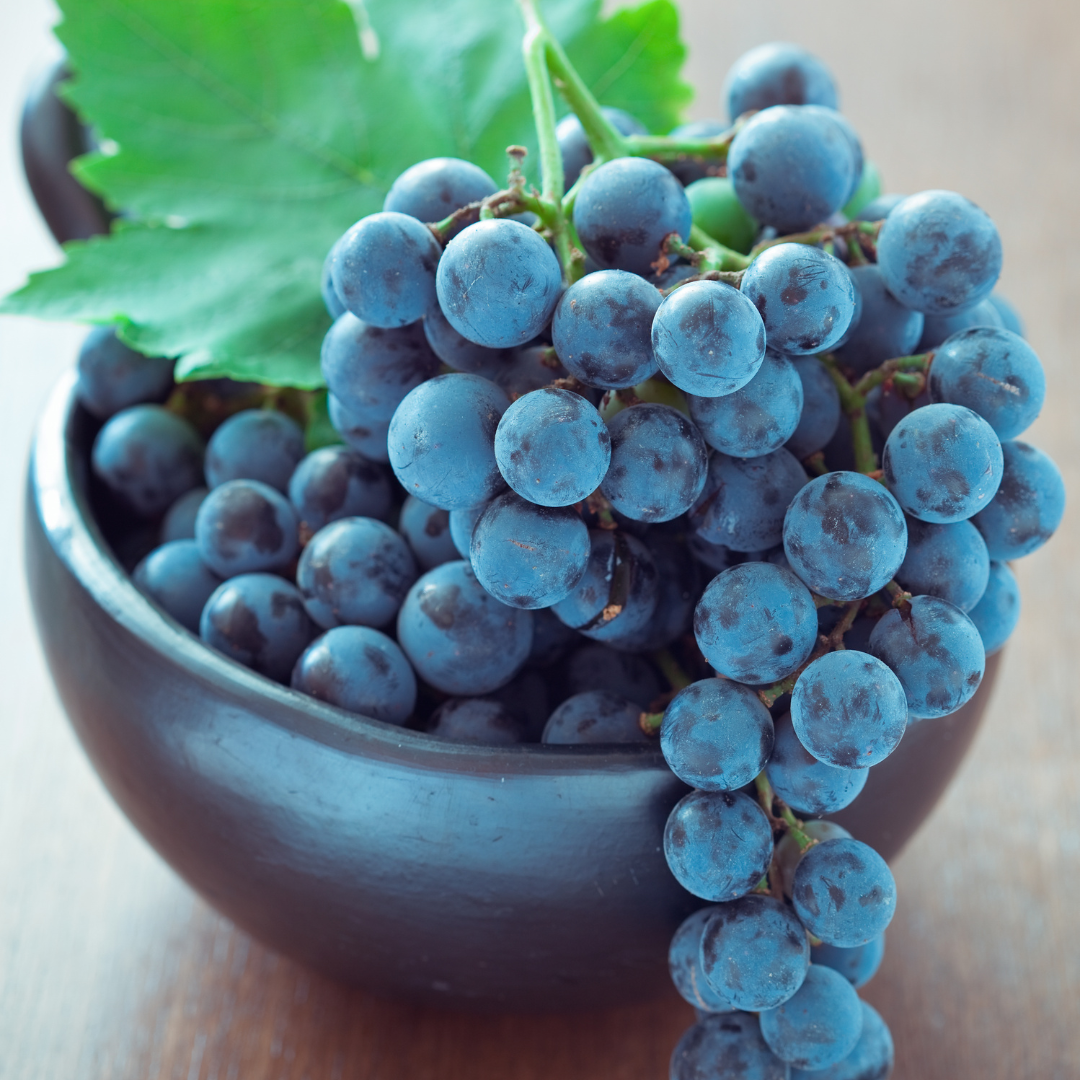
Concord grapes were founded in 1989 in Concord, Massachusetts, largely due to the efforts of dentist Thomas Welch, who later created Welch's grape juice. This good, old-fashioned grape variety has become quite popular. Today, the company still makes its products using 100 percent grape juice.
Its sweet flesh makes it so good for making juices and jams. The grape skin can be peeled by hand if you want to enjoy eating them fresh, and their big seed makes them easier to chew.
Growing Season and Area:
- August to September
- Washington State, Northern New York, and the Great Lakes area
Moon Drops
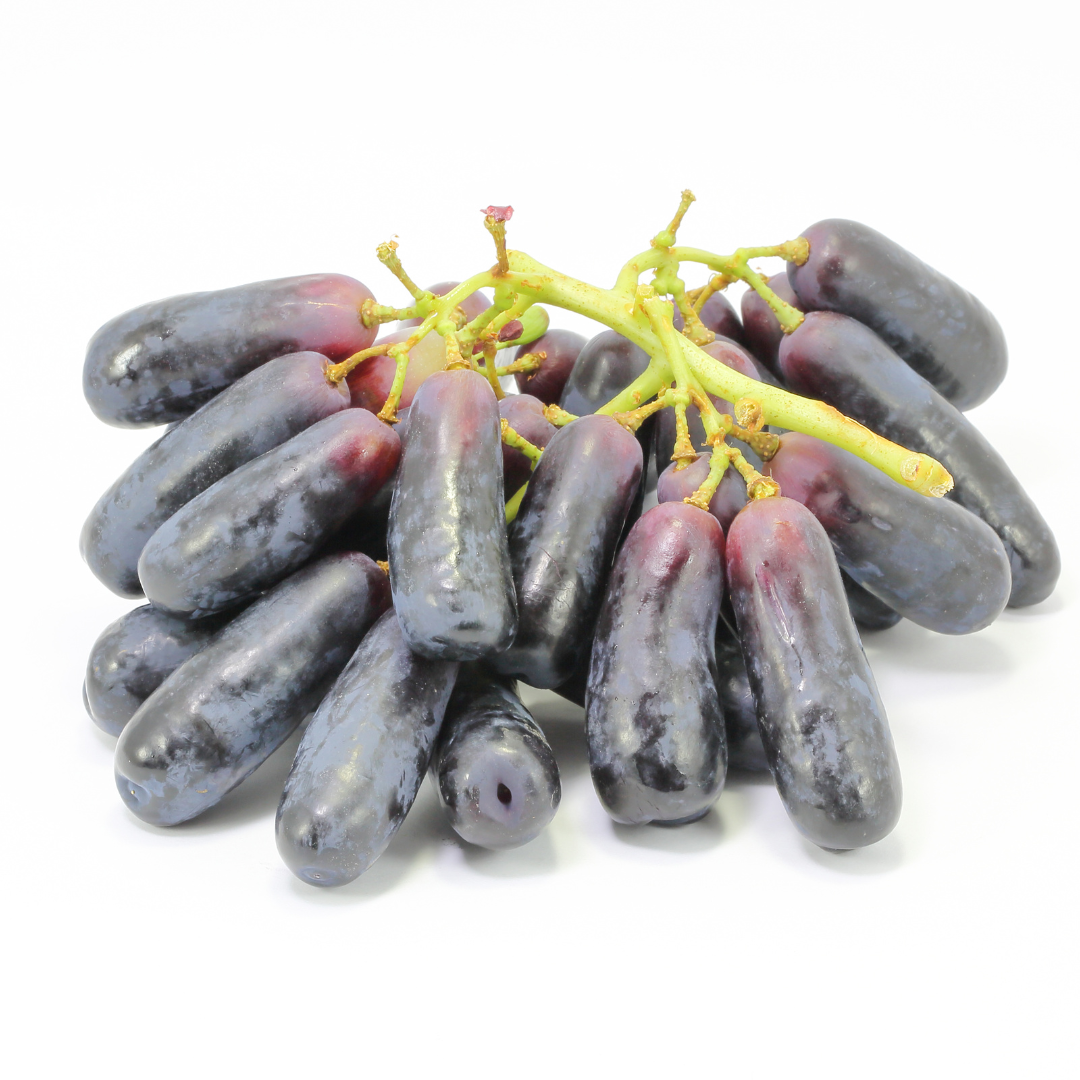
These fascinating and extremely new varieties have only been around available for the past few years.
Dr. David Cain began experimenting with various types of grape varieties around 15 years ago. He used breeding techniques instead of the usual, faster GMO method. Which was why it took so long before these grapes manifested.
The end product is a grape that has a cylindrical shape. They have dark purple skin and offer a burst of sweetness taste to them.
These grapes can be kept in the refrigerator for up to a week without losing their crisp texture from the grape skins.
Growing Season and Area:
- July to September
- Central California
Crimson Seedless
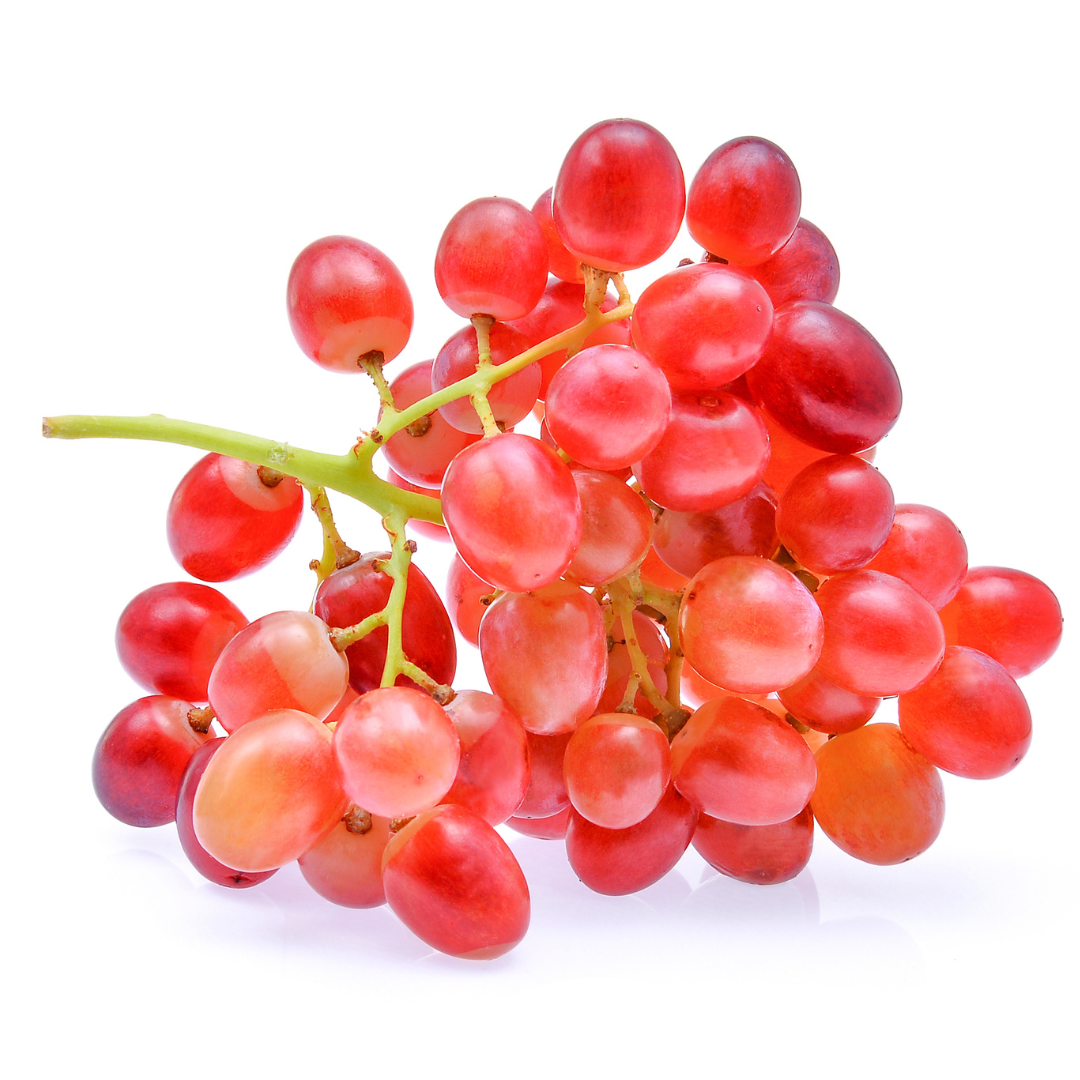
Most of the red grapefruit you buy at the grocery store are Ruby Red Grapefruit, which was developed by Drs. David Ramming and Ron Tarrilo of the USDA Fruit Genetics Research Unit in Fresno, CA. These red grape varietals were bred by scientists and released to the public in 1989 Basically, these grapes are the classic ones we're familiar with, and because they grow later in the year, especially during the winter, you often see them around those times. Chef Yang, a renowned chef who also works closely with these popular types of grapes, said that thicker skin adds an extra layer of tartness and keeps their juices inside longer than most other types of grapes.
They are firm and sweet with a pleasing tartness. They also have a long shelf life and their color is usually a pale brick red, sometimes with greenish streaks.
Growing Season and Area:
- California
- August to November
Valiant Grape

Instead of warm, dry climates where most grapes grow, Valiant grapes actually grow at high altitudes in cooler climates and cold, wet conditions.
They're almost blue in color, so they're ideal for making grape jelly, jams, and juices. They're high in sugar, so they taste really sweet.
Growing Season and Area:
- August to September
- Alaska and Northern Canada
Kyoho Grape
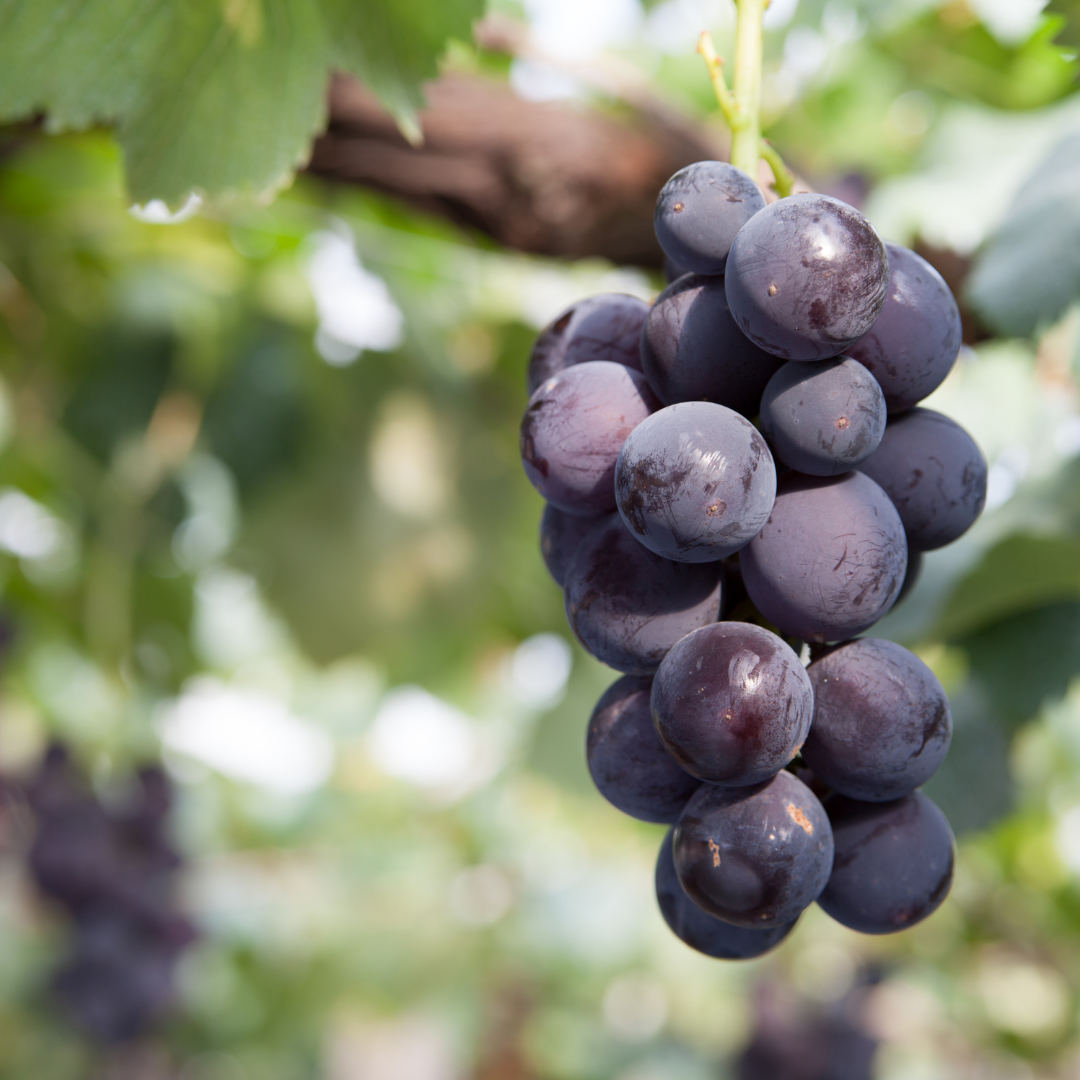
Most grape varieties will grow in similar climates, but Kyoho is an exception. These delicious grapes are only grown in Japan.
Giant Mountain Grapes (Kyoho) were first produced in the 1930s. They're grown in Japan and they can reach up to the size of a plum. Hence their unusual name.
They're purple-black colored and their skins are easy to peel off. Expect a bright burst of sweet flavor.
They're often served as desserts or even mixed into cocktails! Be careful when peeling the thick skin because it's not edible.
Growing Season and Area:
- July to August
- Japan
Champagne Grape
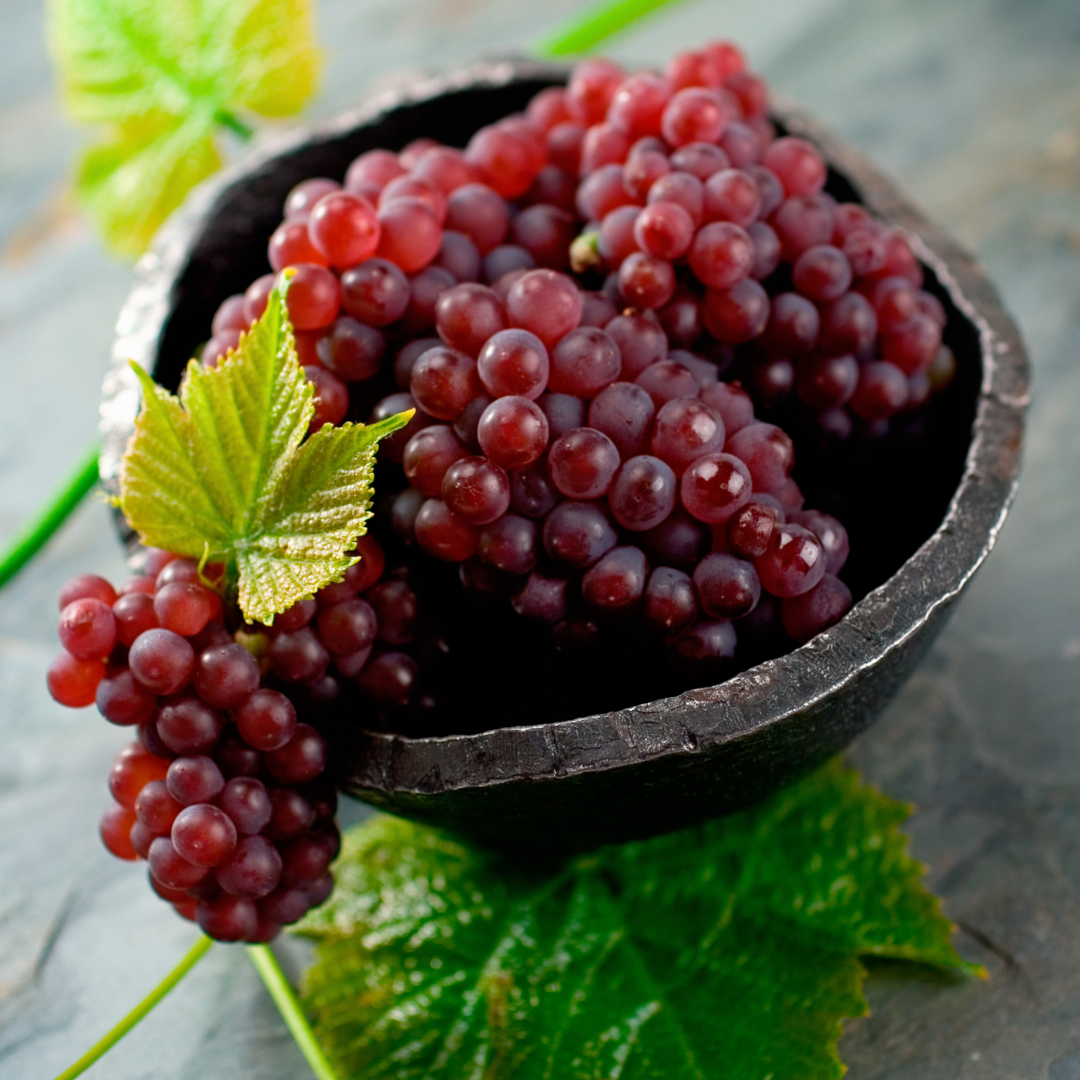
We're not talking about the grape juice that makes up that delicious champagne everyone drinks during New Year's Eve celebrations. They're not really similar at all.
Champagne grapes are small, usually smaller than a pea. They're delicious, so they can be used as a garnishing ingredient or a fun snack to eat.
Although they are small, Champagne grapes have thick skins which lead to a nice crunch when they're bitten into.
Growing Season and Area:
- June to September
- France, the Mediterranean area, and California
Lemberger
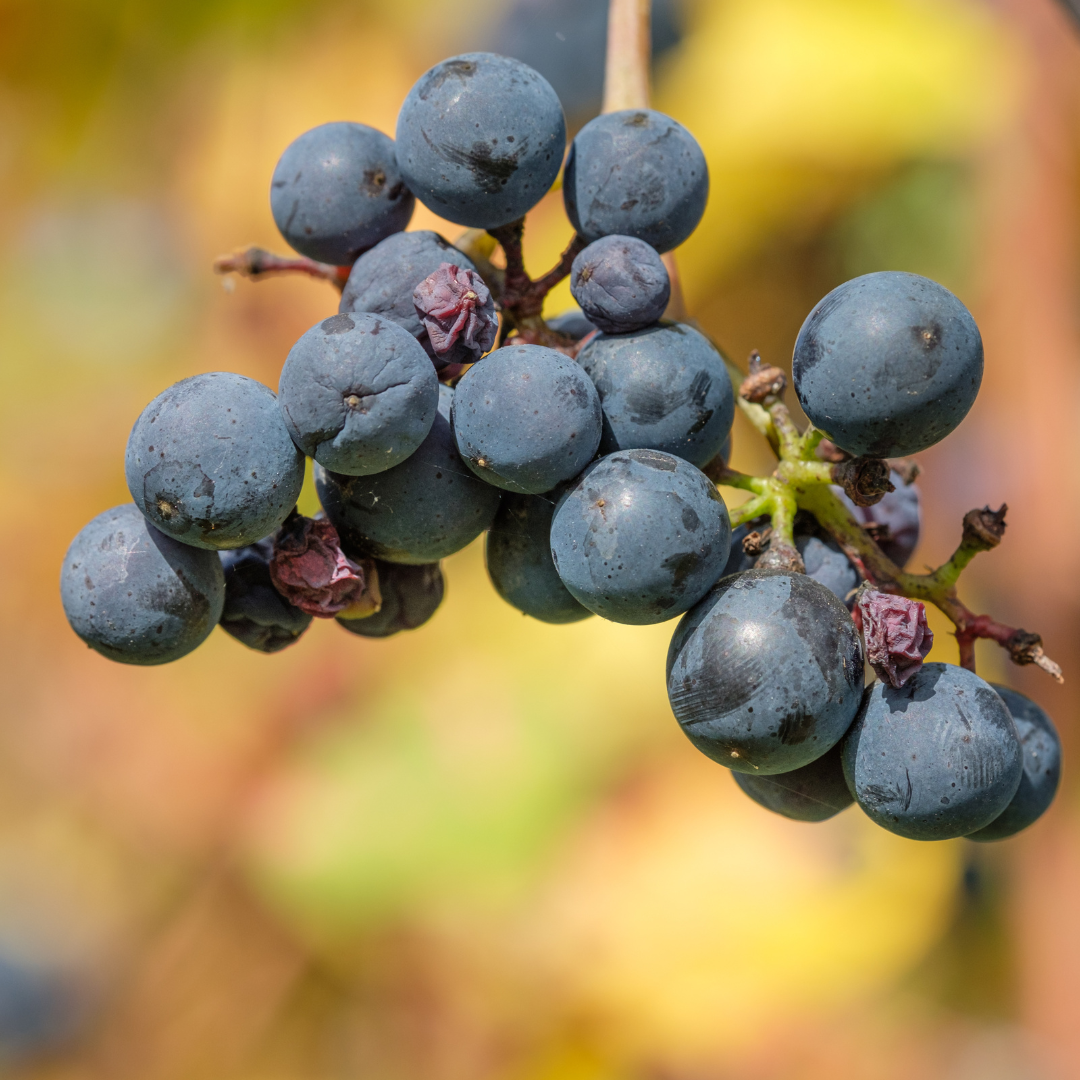
Also known as Blaufränkisch, this grape is used for making dark fruit flavors, and subtle spice notes are ideal for tannic wines. It was originally grown in the Württemburg wine region of Germany, where it has had some success. But in recent years, the Finger Lakes of New York and the Okanagan valley in British Columbia have been doing well with the grapes.
Characteristics: These plump red berries have a dusty blue color and a tannic Beringer essence. Peeling off the skin reveals more sweet, dark fruits. Pepper notes tend to come out in red wines, especially when they're aged for several years.
Growing Season and Area:
- Germany, Austria, Canada, and New York
- August to September
Sweet Jubilee
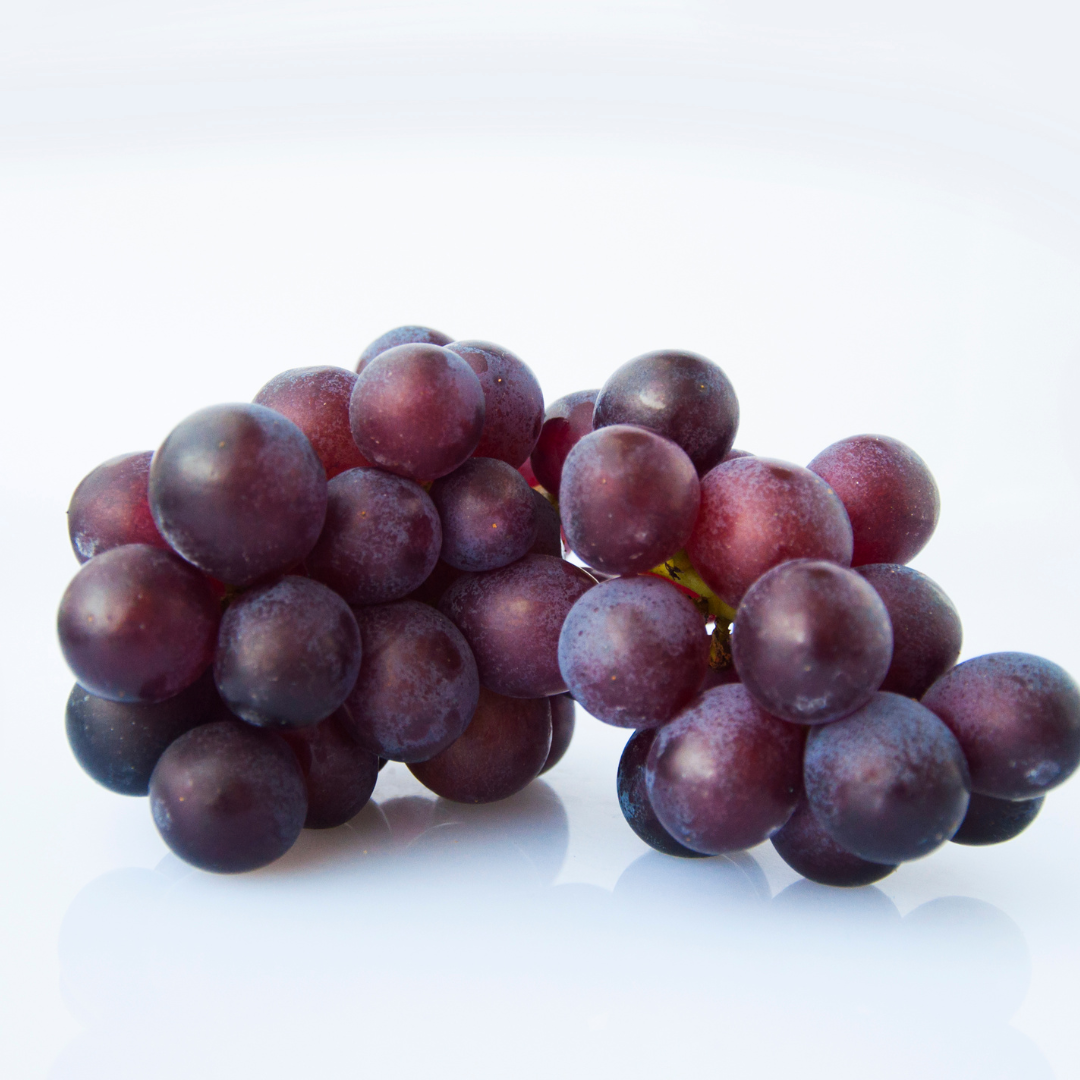
These popular varieties were not introduced until 2012. After much experimentation, the result was a huge grapefruit.
They're sweet and juicy, but they're also versatile. You can enjoy them as is, use them as a garnish, and even put some peanut butter on them for an easy kid-friendly treat.
Growing Season and Area:
- August to September
- California
Gewürztraminer
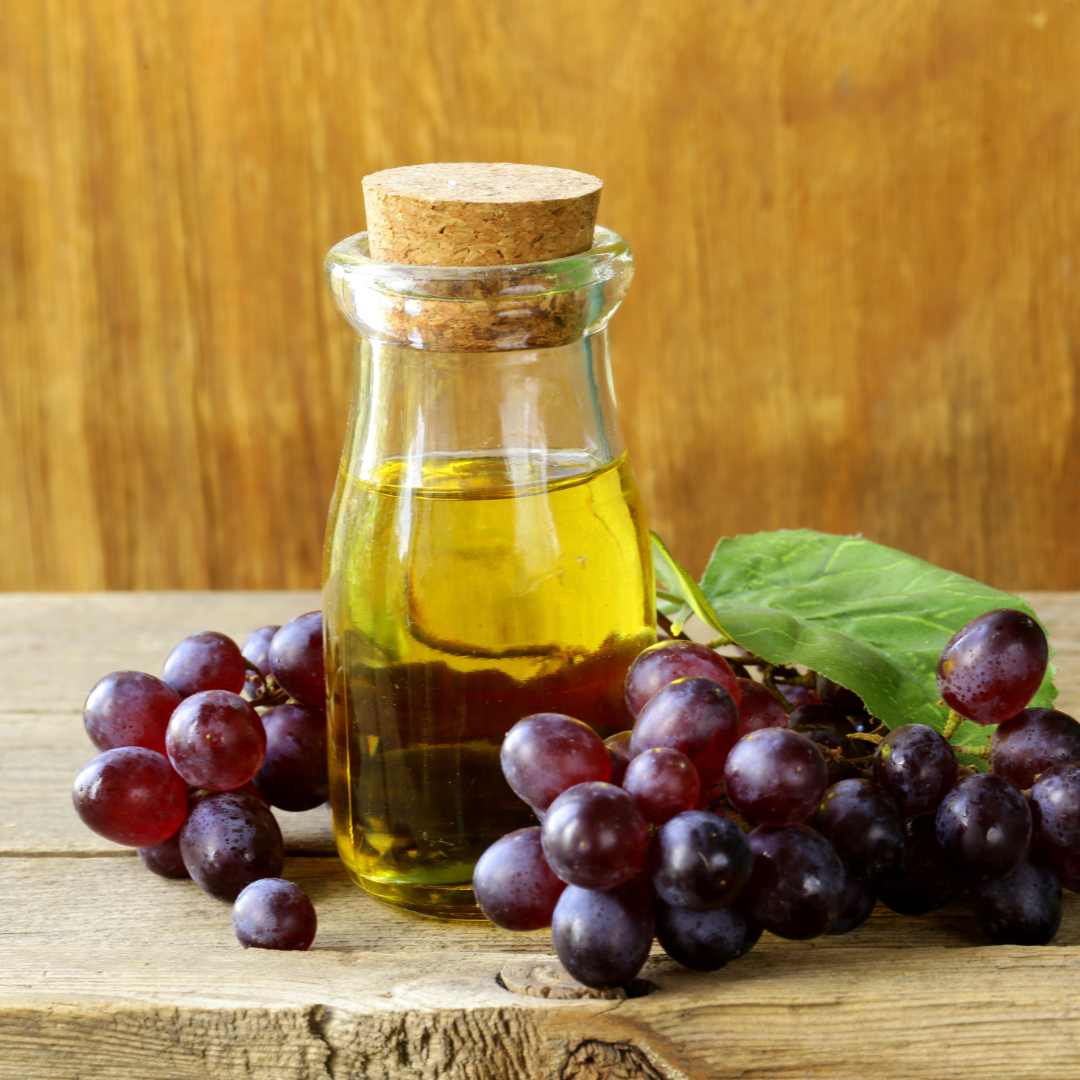
These grapes have a delicious, sweet flavor to them. This also translates into the varietal wine they're made from. Gewürztraminer grapes are tiny in size, with a light pinkish color to them.
When you bite into one, you will discover a crisp flavor that tastes similar to a peach or an apricot instead of the traditional taste of grapes.
They're excellent for making sweet, refreshing white wines.
Growing Season and Area:
- July to September
- Europe, Canada, United States, Australia, and South Africa
Sauvignon Blanc

It's named after the type of wine it makes. Grapevine made from Sauvignon Blanc grape varieties has a mild green color to its skin.
They're named after their French roots, which translate to "savage" and "white." The inner flesh is still a white color and is cultivated to produce popular wines.
The flavor profile consists of you'll get a crisp texture that tastes somewhere between sweet and sour.
Growing Season and Area:
- July to September
- France, Australia, Canada, and California
Riesling
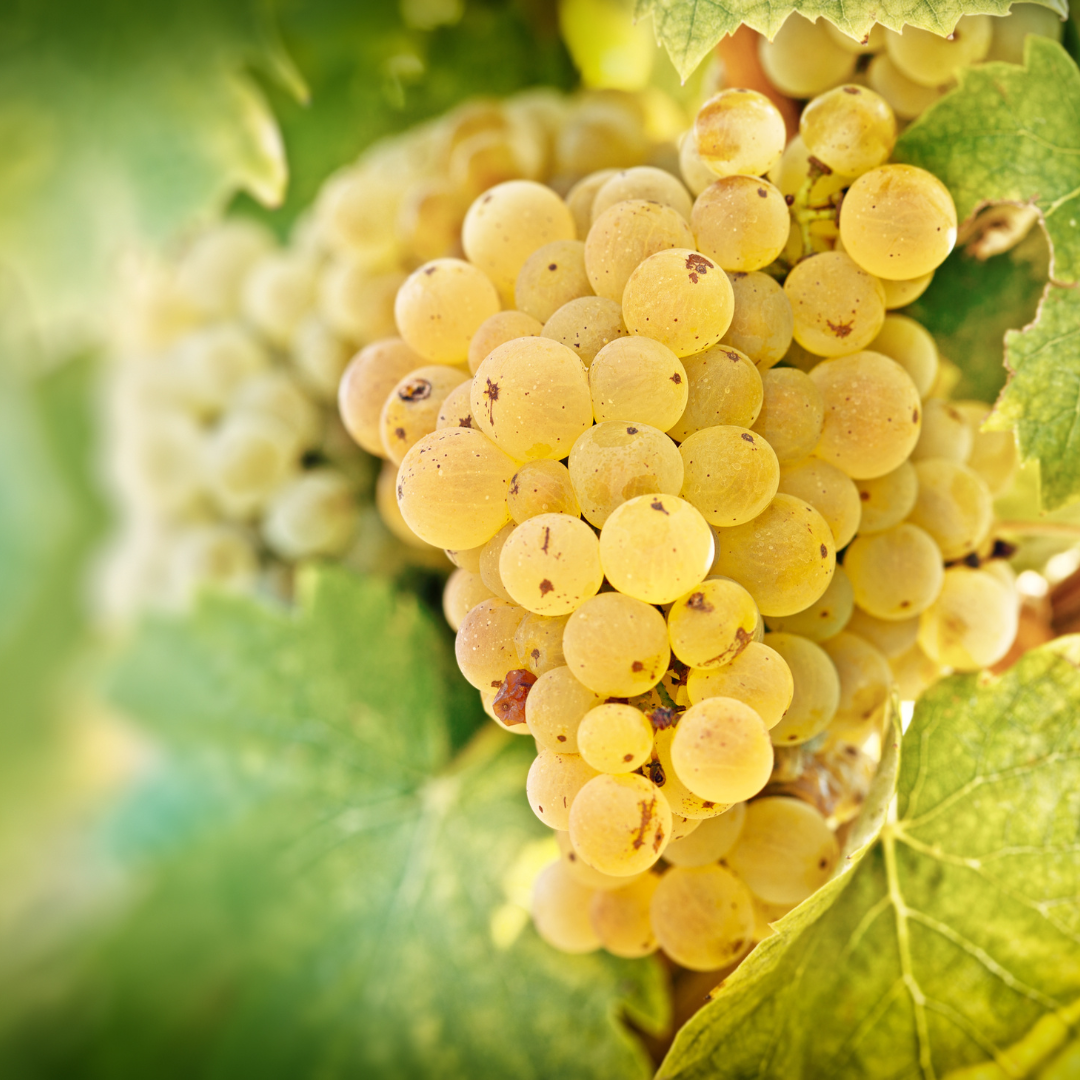
Riesling grapes grow best in cool climates, like Austria, France, Germany, and the Finger Lakes region in New York. Riesling is the perfect choice for making both sweet and dry wines and It has a naturally high sugar content which gives it a refreshing crisp taste. They are wonderfully expressive when it comes to the site and the year it was grown in. It tastes great pressed into non-alcoholic juices.
As a wine, this specimen has characteristics similar to grapes, including sweetness, floral undernotes, and high acidity. If the wine tastes better because of the terroirs of the vineyard, then the grapes from that vineyard taste better than those grown elsewhere. These characteristics make grapes a good choice for winemaking. Riesling is known to be the best food wine ever created.
Growing Season and Area:
- Austria, New York, Germany, Canada, and Alsace
- August to September
- Riesling grapes (ice wine): October
Moon Balls

So far, Moon Balls are only produced in South Africa. They're large in size and green in color. They have white seeds inside them and have quite thick skin, which is covered by soft, fatty flesh.
Moon Balls were created at the behest of the mega company Dole. While they may have big plans for them in the future, their current supply is quite limited.
Growing Season and Area:
- February to March
- South Africa
Cotton Candy
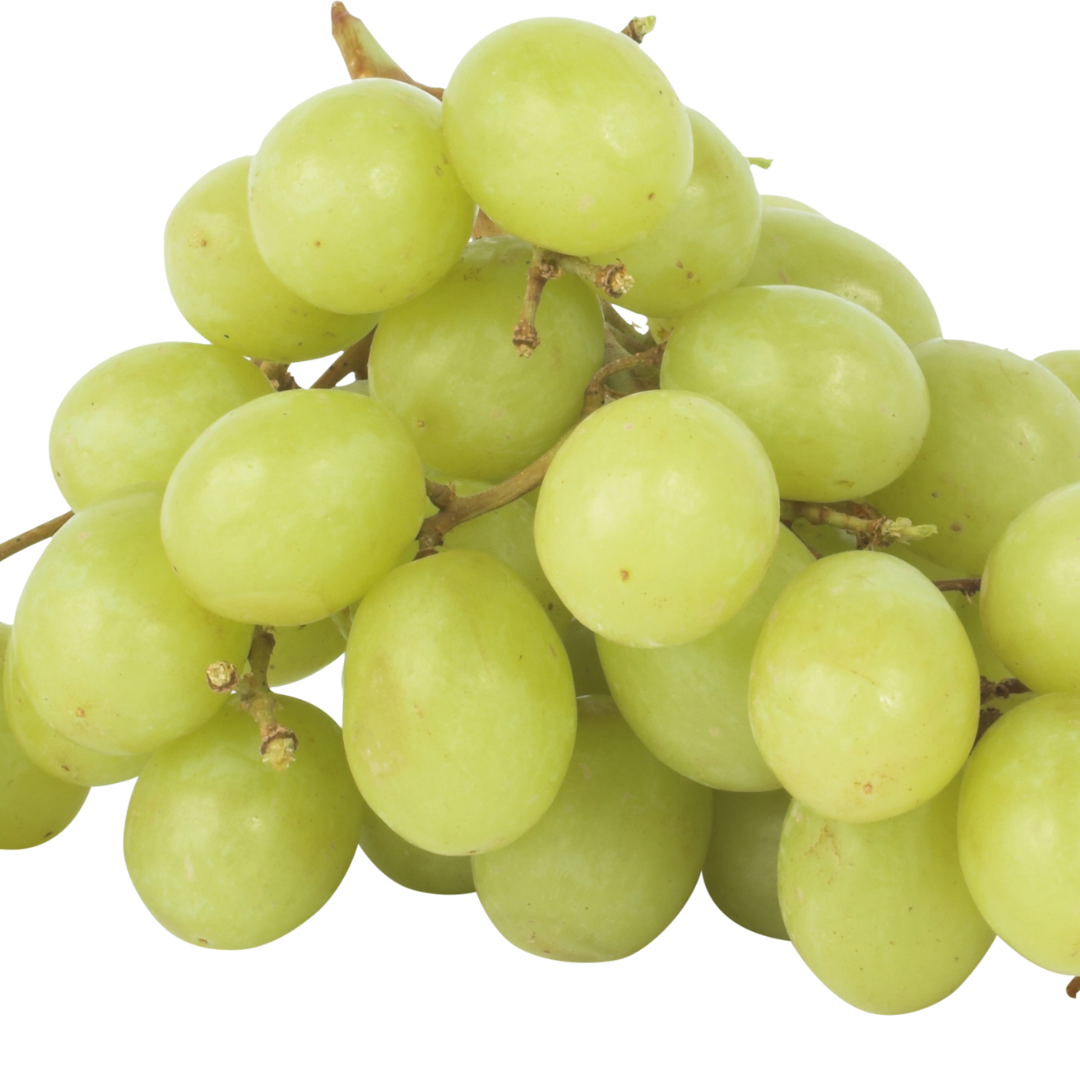
Cotton candy grapes have been quite popular over the years because their sweetness literally tastes like cotton candy.
They're green and slightly oval in appearance. They're crispy on the outside but tender on the inside.
Their sweetness is quite amazing, but not for everyone. Because they look just like regular green grapes, your friends may be surprised when they bite into them.
Growing Season and Area:
- August to September
- California
Sultana

They're also called Thompson seedless grapes because they were first developed at the University of California, Davis. They were a staple during the Ottoman Empire.
Raisins made from sultanas (golden raisins) are the most common type of raisin available today. Chefs also enjoy experimenting with these ingredients, creating new recipes using them, and pairing them with seafood and other foods.
They're green in color and smaller than most popular grape varieties.
Growing Season and Area:
- July to September
- California, Australia, and Turkey
Fry Muscadine
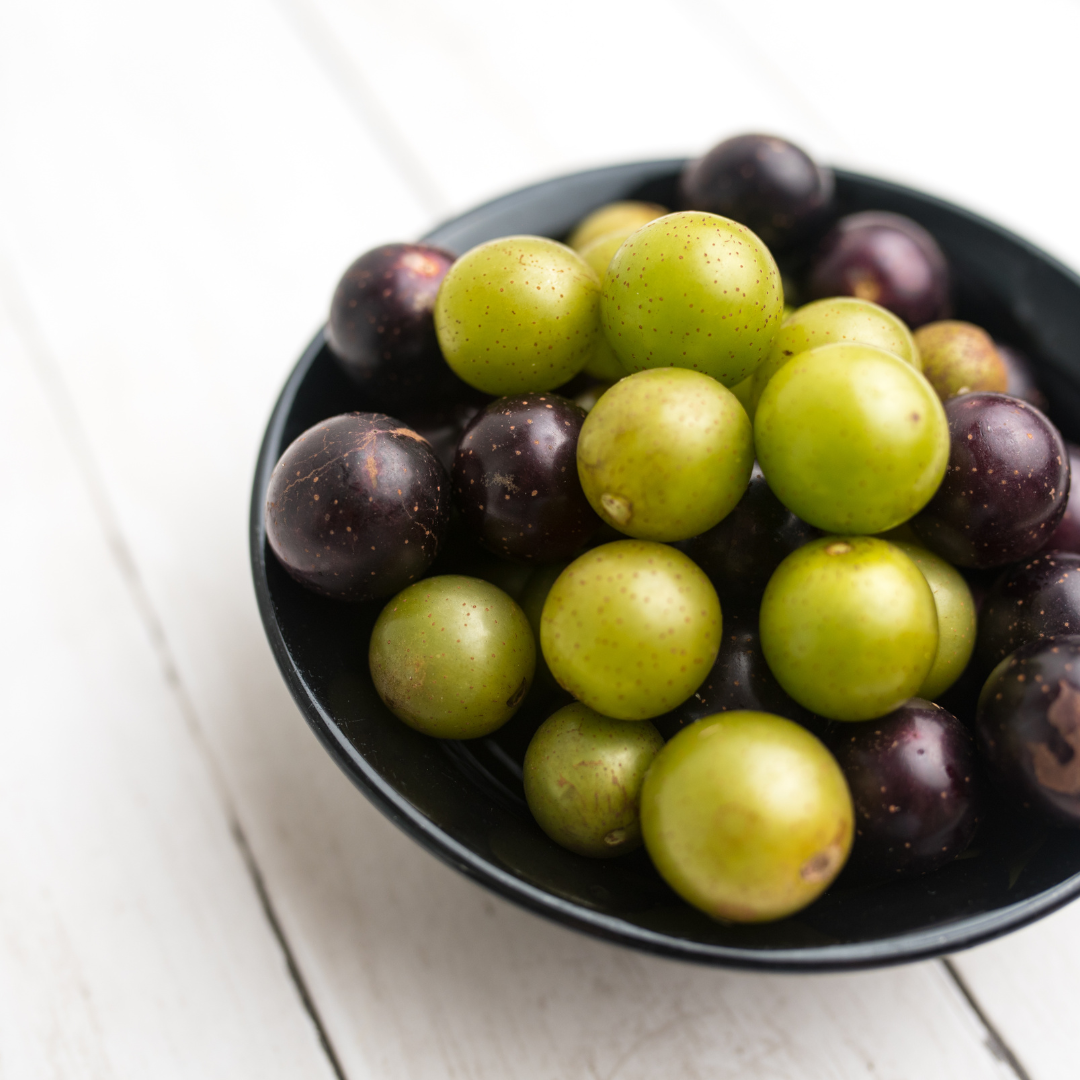
This large brown-gold object is actually a grape. The fried muscadines are bronzed in the sun and become crispier than usual. These heat-resistant varieties were first introduced to the marketplace in 1970 by R. Lane of the University of Georgia.
These fruits come in various sizes, ranging from small cherries to large tomatoes. They turn a bright golden yellow when they're ready to eat.
Growing Season and Area:
- Georgia
- September

